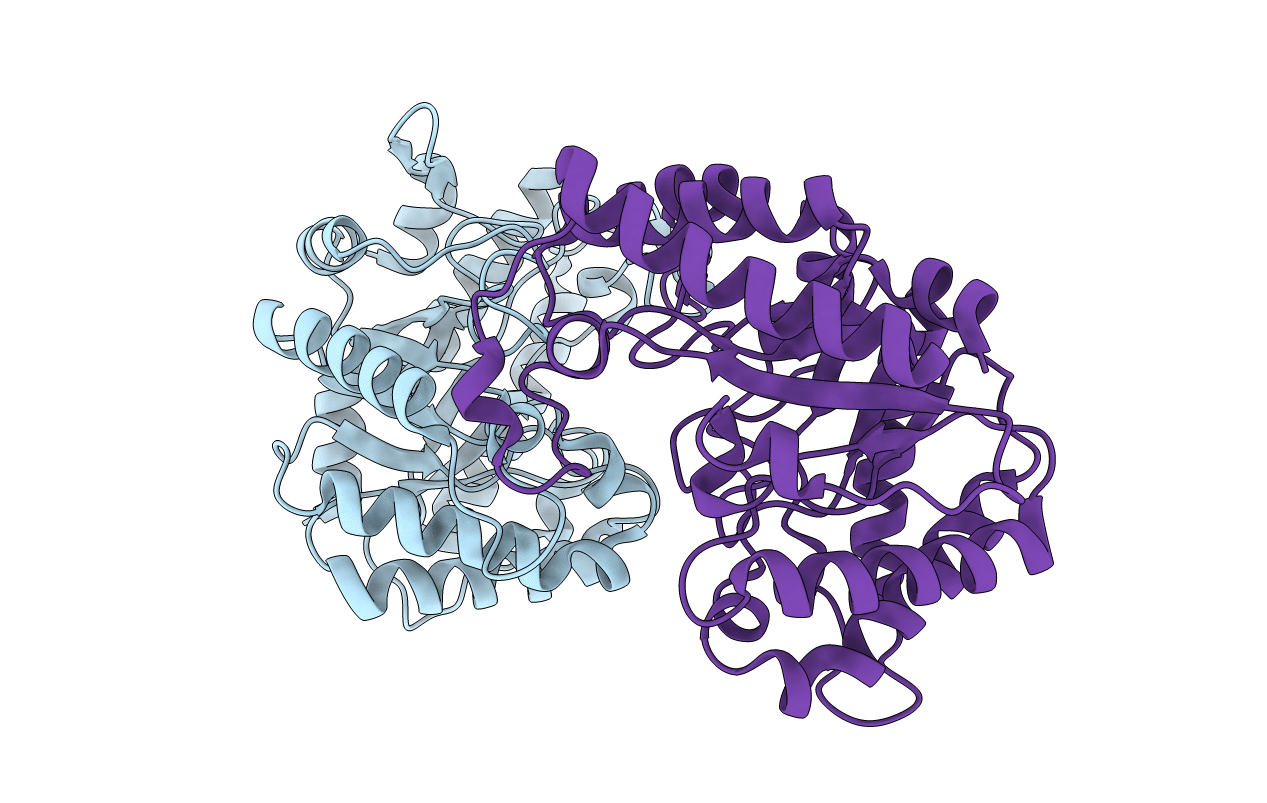
Deposition Date
2010-08-19
Release Date
2011-08-10
Last Version Date
2024-03-13
Entry Detail
PDB ID:
3AMC
Keywords:
Title:
Crystal structures of Thermotoga maritima Cel5A, apo form and dimer/au
Biological Source:
Source Organism:
Thermotoga maritima (Taxon ID: 243274)
Host Organism:
Method Details:
Experimental Method:
Resolution:
1.40 Å
R-Value Free:
0.20
R-Value Work:
0.18
Space Group:
P 1 21 1


